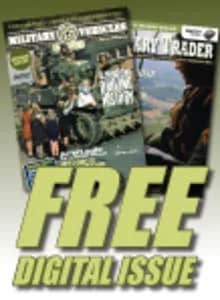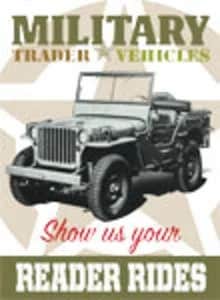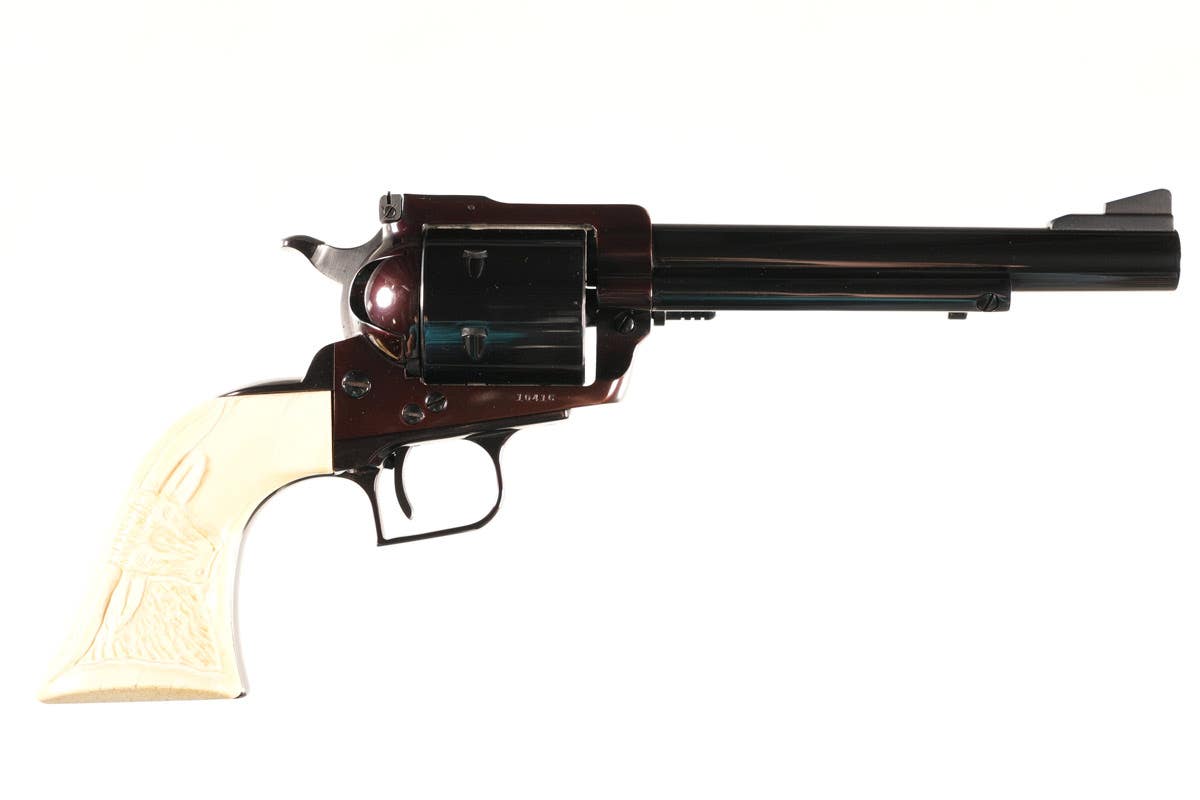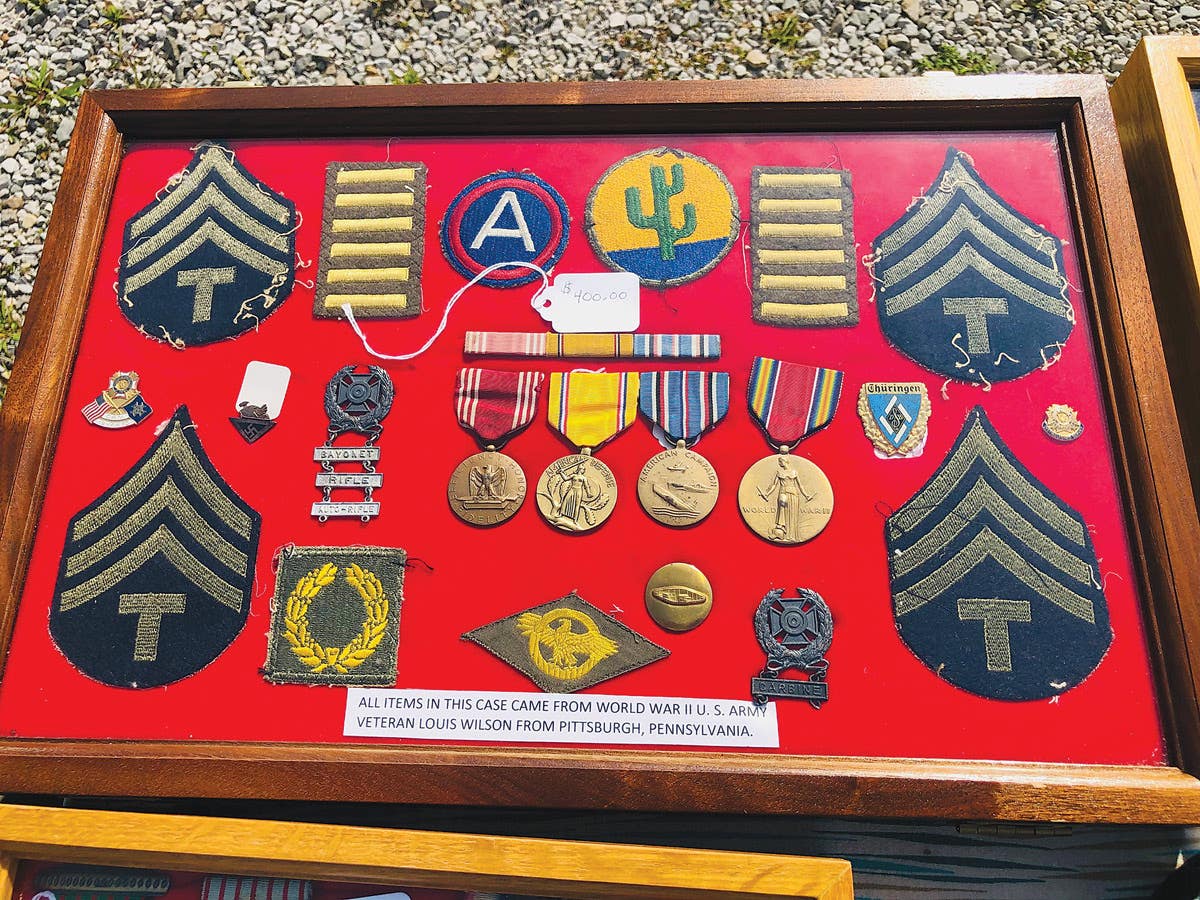WWI watch fobs tell stories
By Stephen J. Shaw One of the most fashionable and useful accessories in America through the turn of the 20th century was the watch fob. Watch fobs are still in…
By Stephen J. Shaw
One of the most fashionable and useful accessories in America through the turn of the 20th century was the watch fob. Watch fobs are still in use, although not always in a fashion sense.
A watch fob is a chain or ribbon attached to a pocket watch worn hanging from either a vest or waist pocket. Watch fobs were popular until World War I, when the wrist watch was introduced.
Soldiers fighting in trenches, and pilots confined to cockpits had difficulty getting at pocket watches, so they reverted to strapping watches on their wrist for easier accessibility.
Collecting Military Watch Fobs
Most fob collectors collect earth moving or farm-related fobs. Collecting military related watch fobs is a unique area, however. Military fobs are attractive and more affordable then medals. They relate to specific periods of history and can be utilized as a clothing accessory.
Presently, the term “fob” is used to denote the actual chain or cord that attaches to the pocket watch. Further, a pocket watch, medallion, charm or virtually anything that can fit into a vest can be called a fob.
Watch fobs still work for both function and fashion and they are avidly collected by antique dealers and hobbyists. For further information on collecting watch fobs, contact the International Watch Fob Association www.watchfob.com.
---------------------------------------------------------
Who Was John J. Cavanaugh?
One particular interesting fob was presented by the Knights of Columbus to John J. Cavanaugh. Who was John J. Cavanaugh?
According to the inscription on the reverse of the fob’s medallion, the Knights of Columbus, Norwood Counsel No. 252, presented the fob in commemoration of Cavanaugh’s WWI Service. Also attached to John’s fob is a WWI Victory Medal ribbon with a battle star.
Contact with the Knights of Columbus Museum in New Haven, Connecticut revealed that John was a member of Council 252. The museum’s curator, Mary Lou Cummings, provided me with an early Jason & Sons advertisement that appeared on the back cover of the The Columbiad (February 1919). It listed this fob for sale at $2.50.
According to Cummings, many WWI inductees from the New England states served in the Massachusetts National Guard. Correspondence with the Commonwealth of Massachusetts National Guard Headquarters; the Office of the Adjutant General; Massachusetts National Guard Museum and Archives and the Registry of Vital Records and Statistics, Dorchester, Massachusetts, provided me with the following information:
Pvt. John J. Cananaugh, serial number 2384805 US Army, was born in Boston, MA on 15 March 1894. He was 23 years old when he was inducted into the Army on 16 November 1917 and honorably discharged on 13 August 1919. He served with the American Expeditionary Force (AEF) from 25 April 1918 to 1 August 1919. He earned his campaign ribbon with star during the German offensives from Mar-Aug 1918 at St. Mihiel , France and Meuse-Argonne on the French-Belgium border from Sep-Nov 1918. This battle was the costliest in American lives during the last 7 weeks of the war. John was severely wounded in action on November 6, 1918.
In the 1920 Federal Census, John J. is recorded as living with his parents and married, however no wife is listed. Later in the 1930 census he is 36 years old, living with his parents, divorced and employed as a laborer in a shoe factory. His parents were born in the Irish Free State. John’s father, also named John, arrived in the United States in 1880 and his mother Winnie arrived in 1889. John and Winnie married in or around Boston about 1891 and had 4 children. None of the data researched indicated John J. had any children.
According to the Commonwealth of Massachusetts Chapter 12, General Acts of 1919 “Testimonials” certificates were provided to residents of Massachusetts who served in the army or navy during the war. Note the hand written, “delivered by hand 2/28/21” at the bottom of the certificate.
John must have been very proud of his war service to display the WWI Victory Medal ribbon on his watch fob. The ribbon only has one battle star while his service record lists he participated in two major campaigns, earning two battle stars.
Military collectables are abundant, items presented by the Knights of Columbus are uncommon. To find one attributed to an individual that can “tell the story,” however, is an exceptional find.







